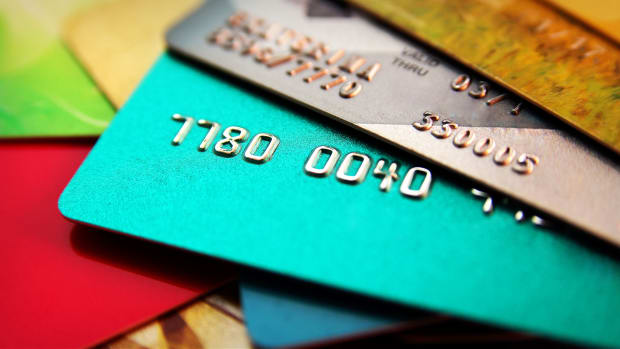Americans have seen a lot of water go under the bridge in the last two-and-half years.
A global pandemic that led to society-restricting lockdowns. A major land war in Eastern Europe. High inflation and lengthy supply chain delays, which has affected everything from silicon chips to sand wedges.
With all eyes on the healthcare sector, economy, and geopolitical scene, it appears U.S. consumers took at least one eye off the ball when it comes to credit card spending.
A new study by Anytime Estimate notes that 46% of Americans are now in credit card debt, with an average debt load of $6,093. Additionally, 66% of U.S. credit card holders without credit card debt “could soon see themselves falling behind on card payments,” the study noted.
Consequently, it's no surprise that Americans rank credit card debt as the most stressful form of debt, ahead of medical debt, student loan debt, mortgage debt, and more.
The study also found that 80% of credit card debt holders are also in some other form of debt, making paying for an emergency out of pocket nearly impossible. About 33% of cardholders say they couldn't cover a $2,000 emergency without borrowing, and 43% say they depend on their credit cards for essential expenses such as housing, food, and utilities.

Getty Images
Risky Business
There’s a reason why credit cards are so anxiety-inducing among so many financial consumers. They bring more risk to lenders, who have a built-in insurance policy to cover their own financial risk.
“Credit card debt is much more stressful than a mortgage or car loan because of the interest rate,” said Money Crashers senior industry analyst Bill Hardekopf. “Auto loans and home loans are secured, so the bank can repossess your car or your home if you default on one of those loans. But a credit card is a short-term loan that is unsecured; a bank cannot repossess the stereo system you may have purchased with your credit card.”
To compensate for this increased risk, card carriers make sure the interest rate that’s charged on a credit card loan is much higher.
“Consequently, a credit card loan is extremely expensive compared to these other loans,” Hardekopf told TheStreet.
Unlike credit cards, mortgage and auto loans also have a finite structure that can add to consumer debt risk.
“There is a definitive timeline which, in the end, will result in full ownership of the item financed,” said GenWealth Financial Advisors financial advisor Teresa Arrigo. “Credit cards design their minimum payment in such a way that the owner is likely never to pay it off, especially if they continue to use it.”
Additionally, credit card debt tends to build.
“If you use credit cards for day-to-day expenses, it's easy to accidentally overspend and reach a point at which you can’t pay when the bill comes,” Arrigo told TheStreet. “Credit card debt accumulates quickest when we attempt to own things we can’t afford when we're in the moment.”
“Living outside your means creates a snowball effect and can add up very quickly,” she added.
A Path to Reducing Credit Card Risk
The first step in getting out of credit card debt is to stop using the credit card.
“Set yourself up on a budget and only pay for things on a debit card or with cash,” Hardekopf said. “Put the cards away so they are not present in your purse or wallet; that will remove the temptation to use them.”
Another good move is to pay as much as you can on your monthly card payments.
“Never pay just the minimum payment,” Hardekopf noted. “If you do, you'll be paying on your debt for years.”
After paying your monthly bills, direct any excess money to your credit card bill and add credit card "micropayments" to your payment tool set.
“Many people think you can only make one payment to your credit card company each month,” Hardekopf added. “Actually, you can make as many payments as you'd like throughout the month.”
For example, if you’re planning to go out to dinner and a movie and spend $75 that night, order a pizza and a movie in your home and save $50.
“Take that $50 and immediately pay down your credit card balance by $50,” Hardekopf advised. “The micropayments can slowly, but surely, decrease your credit card debt.”







